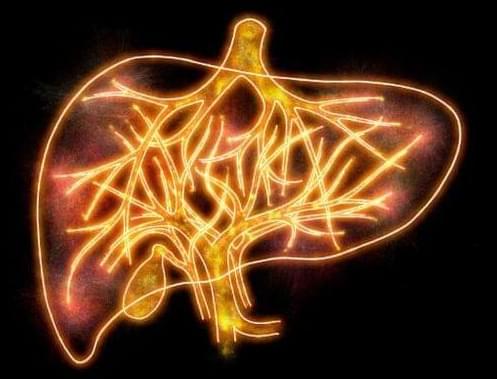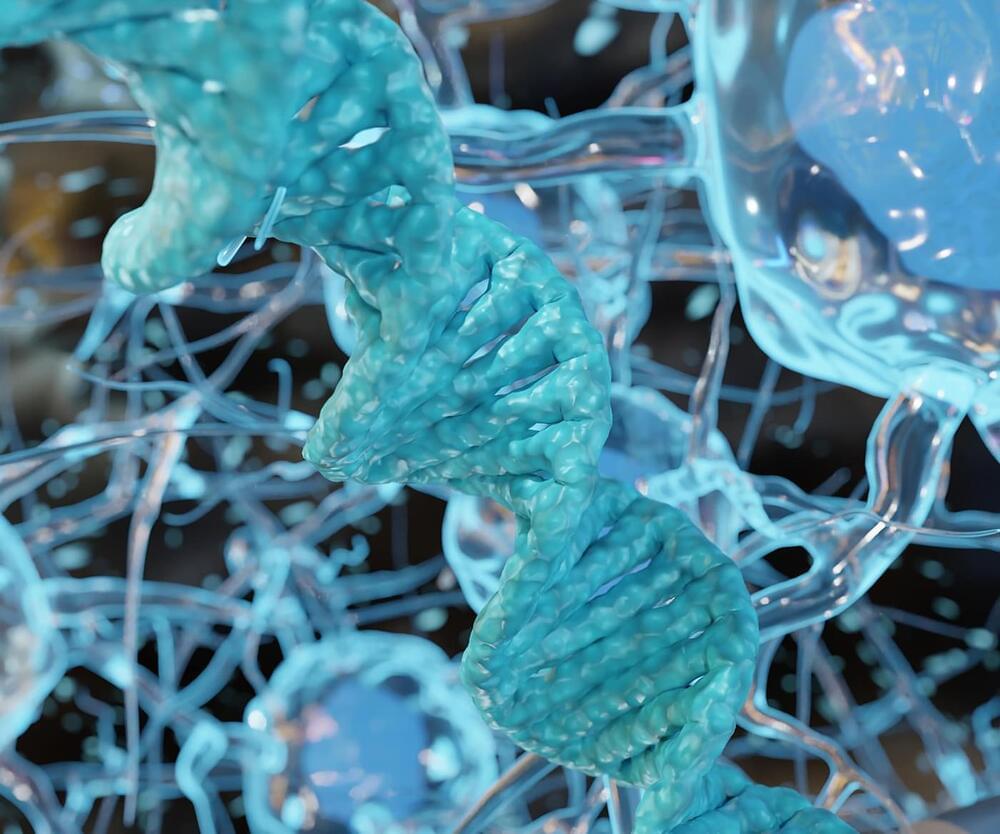Thirty-five years ago, our Cosmic Background Explorer, or COBE, was launched! The satellite was a crucial stepping stone in understanding the cosmic microwave background — the afterglow of the earliest moments of our universe.
Launched from what’s now Vandenberg Space Force Base on Nov. 18, 1989, COBE carried three instruments to space to measure microwave and infrared light across the whole sky. COBE’s observations helped us learn how our universe started and evolved.
COBE discovered that the oldest light in the universe contained tiny temperature variations (red indicates hotter regions, blue colder). These were the seeds for the gravitational formation of structures of galaxies seen in the universe today.
S James Webb Space Telescope: + There are still many questions we want to answer about the early universe, and our missions continue to study it and refine our understanding.
Explore the universe’s baby picture: https://go.nasa.gov/3VPXWgF









